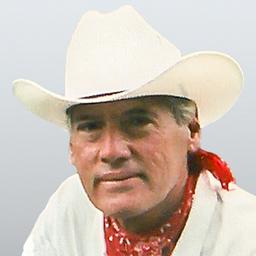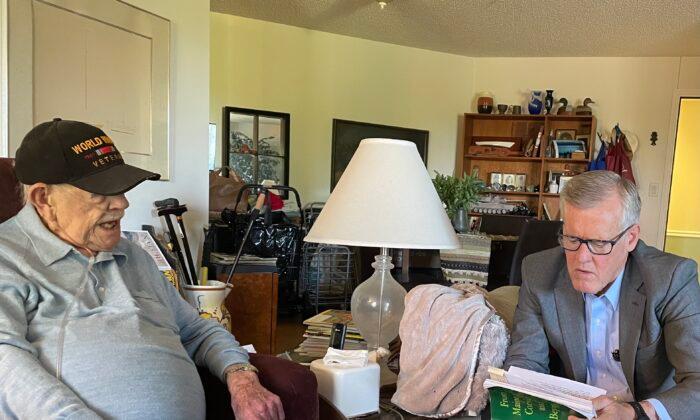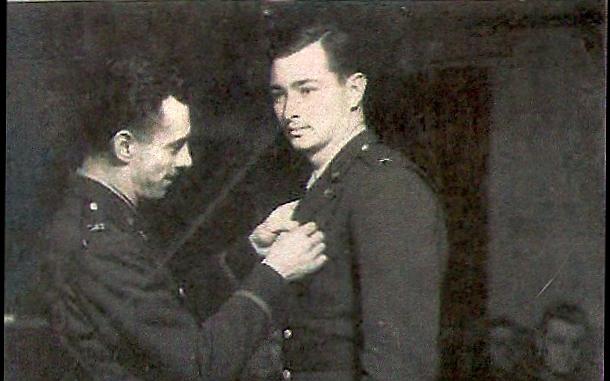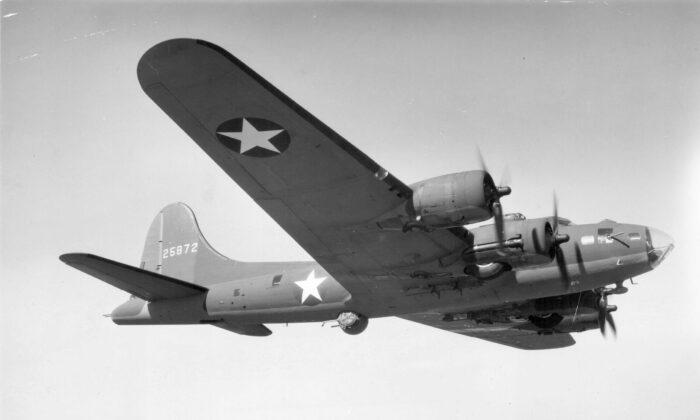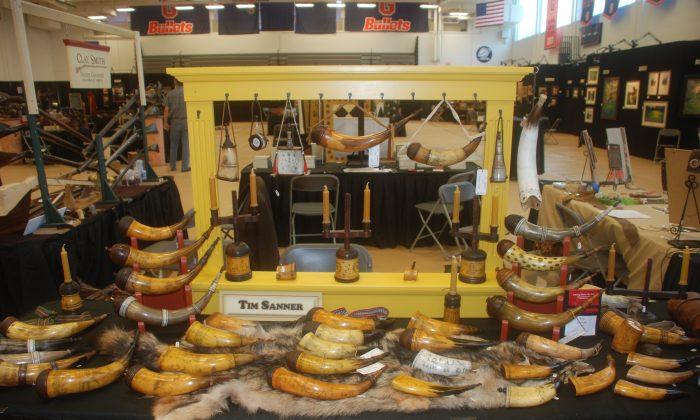Guatemala is the heart of the Mayan world. After the first wave of Spaniards conquered the Aztecs of Mexico in 1519, their invasions of the peninsula continued into what is now Guatemala. The Mayan city of Mirador, contains the highest pyramid in all the Americas. La Danta rises 220 feet into the air. It has greater volume than even the great Egyptian pyramid of Cheops. The imperial Mayan cities in Peten, like Tikal, flourished 1500 years ago.
Researchers still do not know how or why some of the great Mayan cities were abandoned only to be reclaimed by jungle. What is clear is that Guatemala is home to some of the most important archaeological sites ever discovered. It is a country of smiling people, lakes, Caribbean and Pacific coastal areas.
While Mayan languages are still spoken by many indigenous descendants of the first people of this amazing land, Spanish is the official language. Students learn English in school and look forward to any opportunity to practice it, especially in the country where friendships are quickly made.
Roberto Matheu was born in Guatemala City. He went to live with his grandmother in Mobile, Alabama where he attended St. Mary’s School until sixth grade. When he was 12 he moved back to Guatemala. “I knew how to speak Spanish but I didn’t know how to read and write Spanish. When I go back to the states now, after a while, my strong southern accent comes out,” he laughed.
Roberto went to the American School in Guatemala City then attended the University of South Alabama where he majored in computer engineering. He returned to Guatemala where he studied at the University Francisco Marroquin then at the University Landivar for computer programming and marketing. The year of his graduation he was responsible for getting T-shirts made for the class.
“I went to a screen printer. They had a primitive system. I figured there had to be a better way. I became a salesman for them and eventually opened my own screen printing business. We became the biggest screen printer in Guatemala,” he said.
Roberto was attracted to diving while watching ocean programs on television in Mobile. Once back in Guatemala his brother got two Scuba tanks. “He took me to the pool in the American School and we submerged in the deep end until we were on reserve. My brother wanted to test the reserve lever on the tanks. From there we went to Lake Atitlan and dove in perfectly clear water. I fell in love with it.”
Roberto saved up to buy his own equipment and took dive lessons. He went on excursions to the lake. He decided to start his own dive operation with two friends. “We bought four sets of gear in the U.S. and that’s how we started Pana Divers. We took the name from the town of Panajachel, where we used to go diving off the beach.”
Roberto studied in Mexico and got his instructor’s license in 1988. He married Suzette in 1988. She is an accomplished divemaster. Pana Divers were pioneers in Guatemala. They first sent their instructor candidates to Mexico. In 1991 an instructor training course was held in Guatemala.
Roberto and his friends recognized that conscience had to be raised to preserve the country’s fresh and salt water habitats. They organized a lake clean-up program with 60 volunteers. It was featured on television. That inspired 12 clean-up programs the next year. A marine biology program was also organized.
Fresh water lakes in Guatemala offer opportunities to dive at both altitude and sea level. In both Amatitlan and Atitlan evidence of Mayan life can be found. Many ceramic artifacts have been recovered from both lakes. The finds have been put on display in the Popol Vuh Museum in the capital and in other museums.
Today Lake Amatitlan has no visibility because of heavy growth of algae. Lake Atitlan is much clearer. At an altitude of 1,562 meters, Lake Atitlan drops off to great depths only a short distance from shore. The lake requires special altitude diving techniques. “We add 20% to our tables,” Roberto explained.
Lake Atitlan was formed by the eruption of a volcano thousands of years ago. Inactive volcanoes still rise up around the lake. Green cyano-bacteria growth limits visibility to some extent and the water temperature is cold at depth.
Dr. Guillermo Mata Amado began diving Lake Amatitlan in the early 50s. He recovered Mayan ceramics and ceremonial pottery. He carefully made records of his recoveries and published several articles and books about his discoveries.
It is interesting to follow Dr. Mata’s pioneering research with many of the objects he discovered in the Popol Vuh Museum in Guatemala City. Diving in Lake Atitlan may lead to interesting discoveries of the remains of an ancient Mayan city that was flooded. Cut stones appear to have been used as walls or for buildings.
Lake Izabal is Guatemala’s largest lake. It is a shallow, fresh water lake that has an opening through Rio Dulce to Guatemala’s Caribbean Sea. While the water is not clear, diving Lake Izabal offers insights into Spanish colonial occupation. The remains of an old fort and brick tower remain in Izabalito, a small town along the lake.
Divers can stay at the modern Hotel Bahia right on the lake. Pana Divers, in cooperation with the Department of Fisheries, the Rotary Club and local organizations have taken on a project to sink cement balls to provide fish habitats in the lake. The program has been very successful increasing stocks of important food fish. Diving or snorkeling on the fish habitats is an interesting way to learn fresh water biology. Manatees come into the area to eat lake grasses.
Snorkeling right off the beach of Izabalito can reveal broken bits of ceramic dishes and pieces of antique bottles used by Spanish colonists of the 1600s. Fishermen of the village will take divers to a shipwreck in about 20 feet of water that apparently was sunk in a hurricane. The unidentified wreck has a steam boiler. The ship’s hull was made of wood and iron fastenings.
Diving near the boiler, in very limited lake visibility, reveals fire bricks. There are some pieces of English ceramic ware scattered around that bear the inscription “Edward Clarke. Longport, England.”
A little enclosed area in the village contains a naval anchor and chain that required 13 men from the village to raise from the shipwreck. From all indications the ship was built in the mid- to late 1800s and was likely a merchant trading vessel.
Take time to discover the town of Izabalito. Kids will be happy to take visitors to the cemetery atop a hill overlooking the lake. Old brick tombs are said to contain the remains of Spanish colonists. The spot offers a pleasant view of the lake. Leave time to enjoy sunset from the top veranda deck of the Bahia Hotel. Sunsets can be spectacular reds and orange. It is a pleasant way to relax after diving.
Pana Divers have taken an active role installing moorings on the Caribbean side of Guatemala. Permitting is still underway since the moorings must not interfere with navigation. Mooring balls will eventually preserve the Caribbean reefs from anchor damage. A diving base with two boats and accommodations has been created by Pana Divers on the Caribbean coast. Excursions to local reefs and to Belize and Honduras can be arranged.
Pana Divers have discovered a wreck that sank in the 1950s on the Pacific coast of Guatemala. The twisted metal has yielded brass portholes and other artifacts to local divers. Some are displayed at their training center in the capital.
Diving in Guatemala offers many opportunities to discover the past. The rich cultural heritage and stunning geography make any trip and adventure. From fresh water altitude lakes to beautiful Caribbean and Pacific reefs Guatemala holds fascination for every interest. A country where diving is still a discovery in the footsteps of the Maya.
For more information visit www.panadivers.com.

